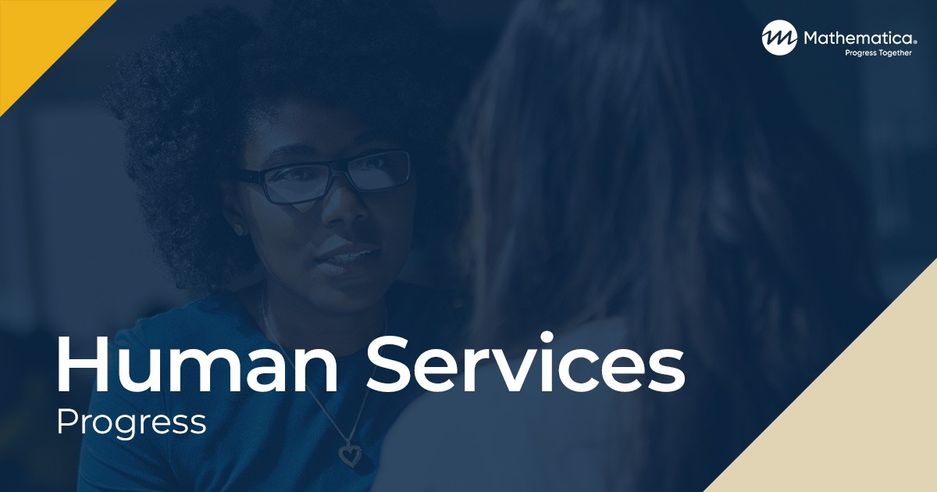Race to the Top: Implementation and Relationship to Student Outcomes
Download
Associated Project
Evaluating Race to the Top and School Improvement Grants
Prepared for:
U.S. Department of Education, Institute of Education Sciences
Key Findings
- Early Race to the Top (RTT) states (that received Round 1 or Round 2 grants in 2010) reported using more RTT-promoted policies and practices than non-RTT states (that did not receive grants) in four of six areas: (1) turning around low-performing schools, (2) adopting standards and assessments that prepare students to succeed in college and the workplace, (3) encouraging conditions in which charter schools can succeed, and (4) improving teacher and principal effectiveness. There were no differences between the two groups in the other two areas—building state data systems that measure student growth and inform instruction, and improving state capacity to support school improvement efforts.
- Later RTT states (that received Round 3 grants in 2011) reported using more RTT-promoted policies and practices than non-RTT states in one of the six areas: improving teacher and principal effectiveness.
- Across all six areas, early RTT states reported using more English Language Learner (ELL)-focused policies and practices than non-RTT states. Later RTT states did not differ from non-RTT states in their use of ELL-focused policies and practices.
- The effect of RTT on student achievement was not clear. Different, reasonable interpretations of how student achievement was trending before RTT yield conflicting conclusions.
This report describes the Race to the Top (RTT) policies and practices states reported using in spring 2013 and examines the relationship between RTT and student achievement. The evaluation compares outcomes for the 12 early RTT states that received Round 1 or Round 2 grants in 2010, 7 later RTT states that received Round 3 grants in 2011, and 32 non-RTT states that did not receive grants.
How do you apply evidence?
Take our quick four-question survey to help us curate evidence and insights that serve you.
Take our survey
